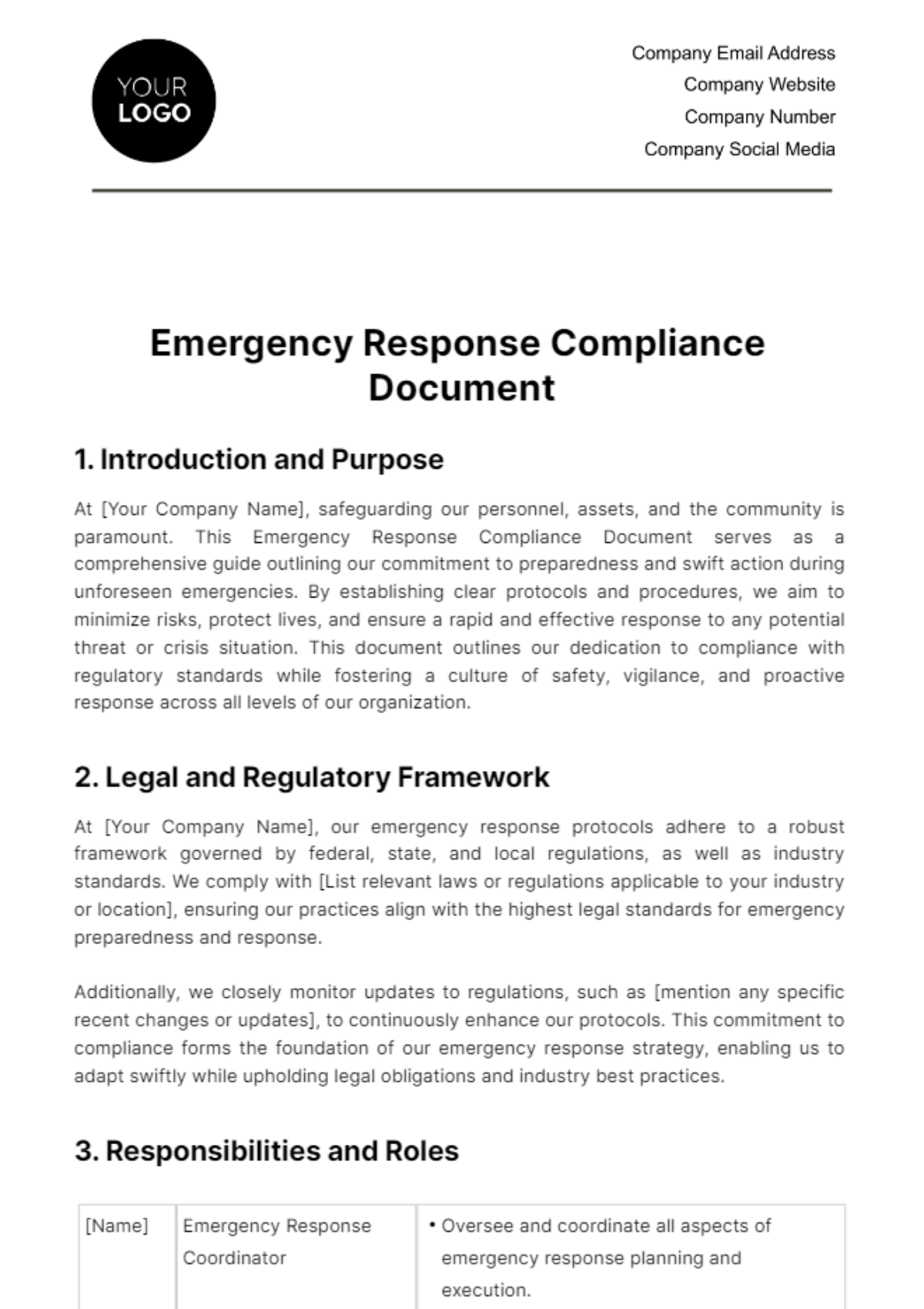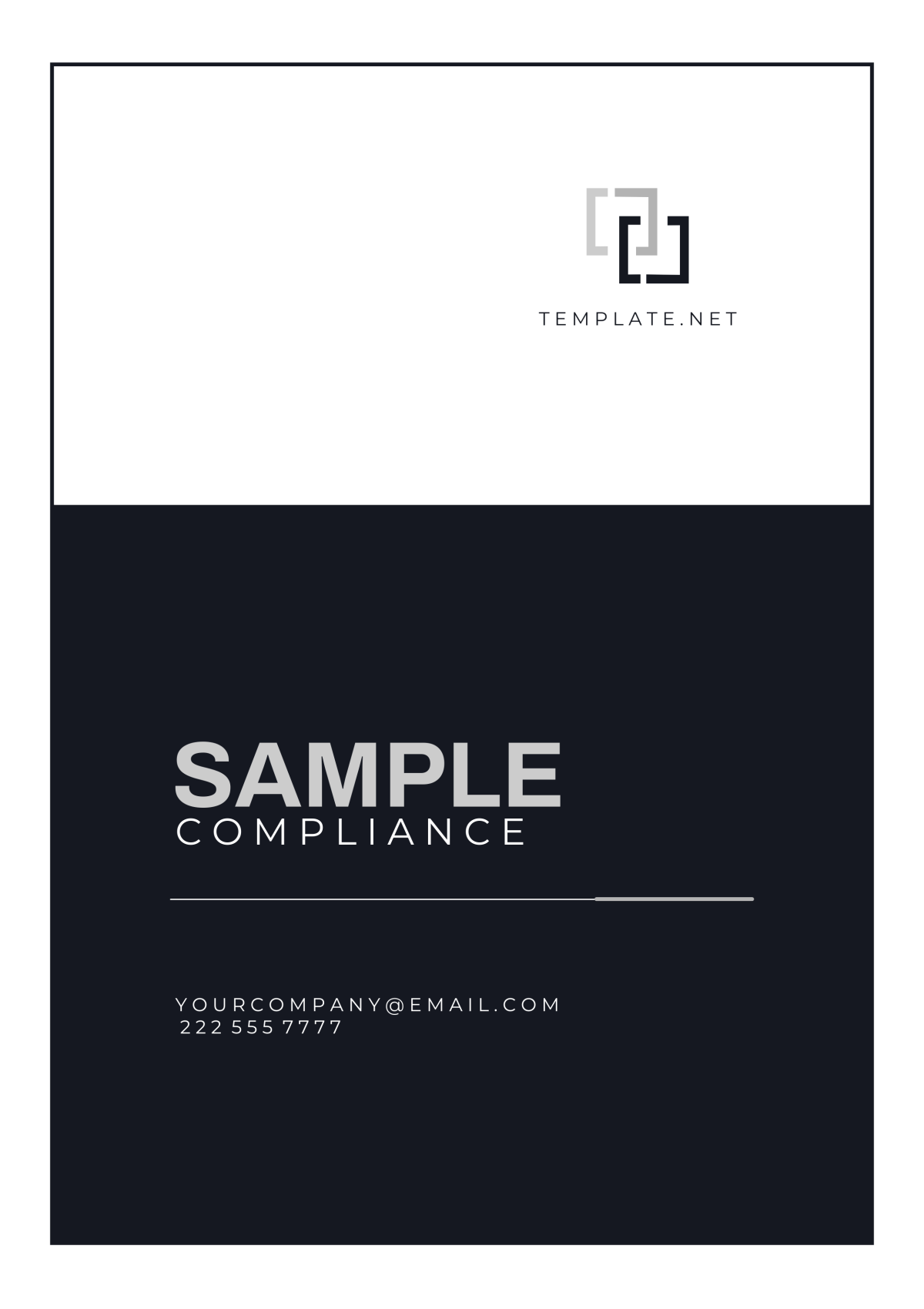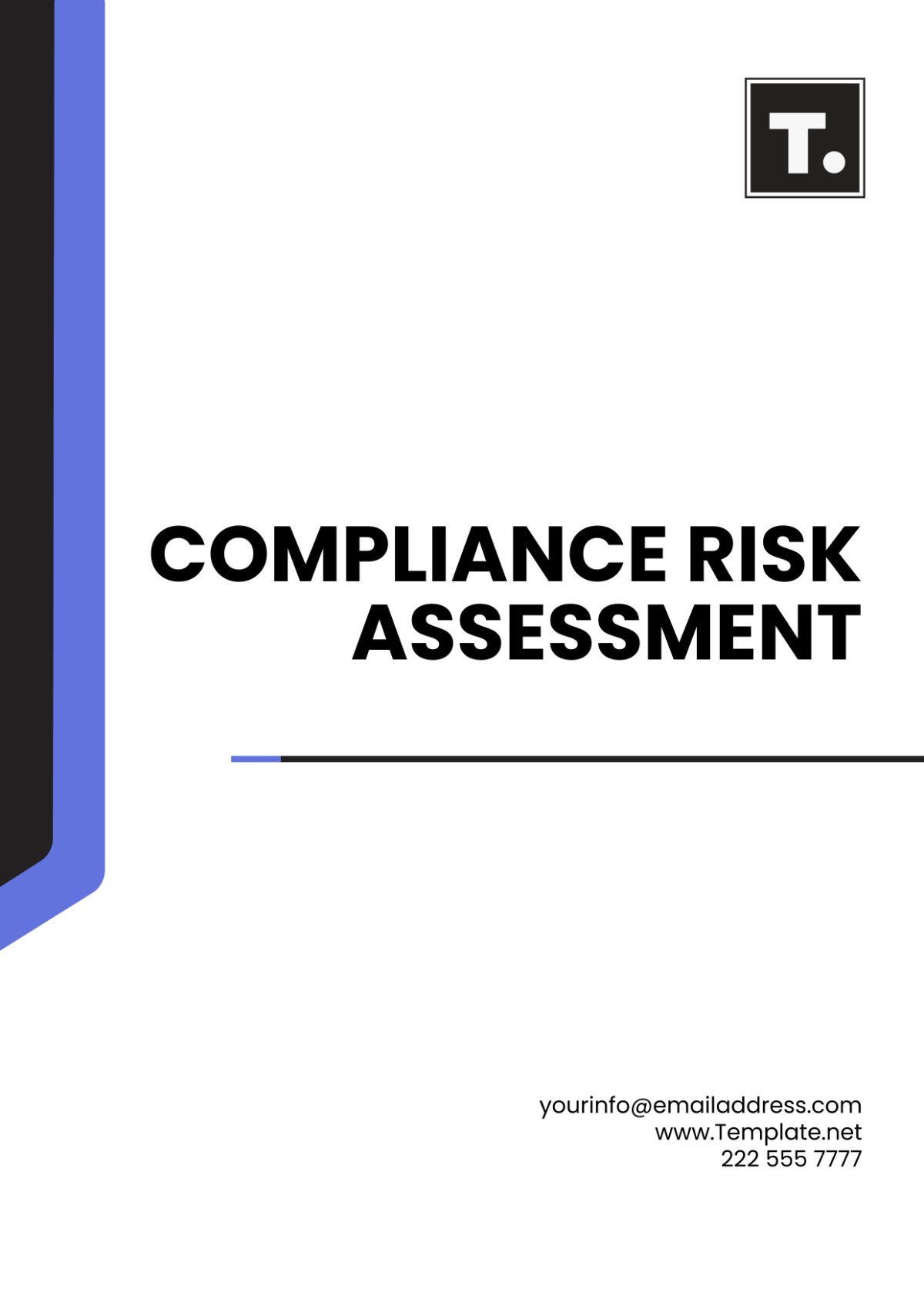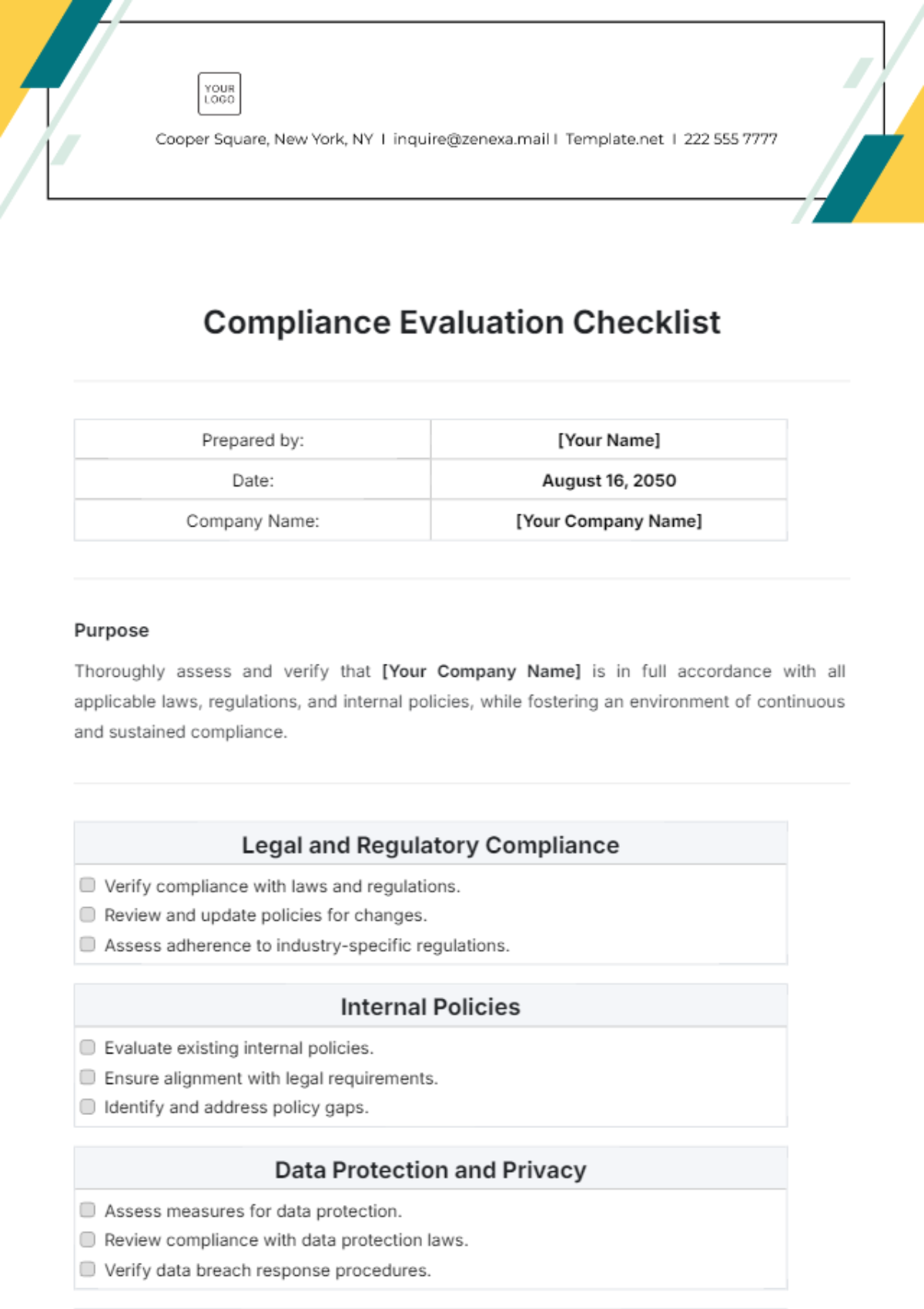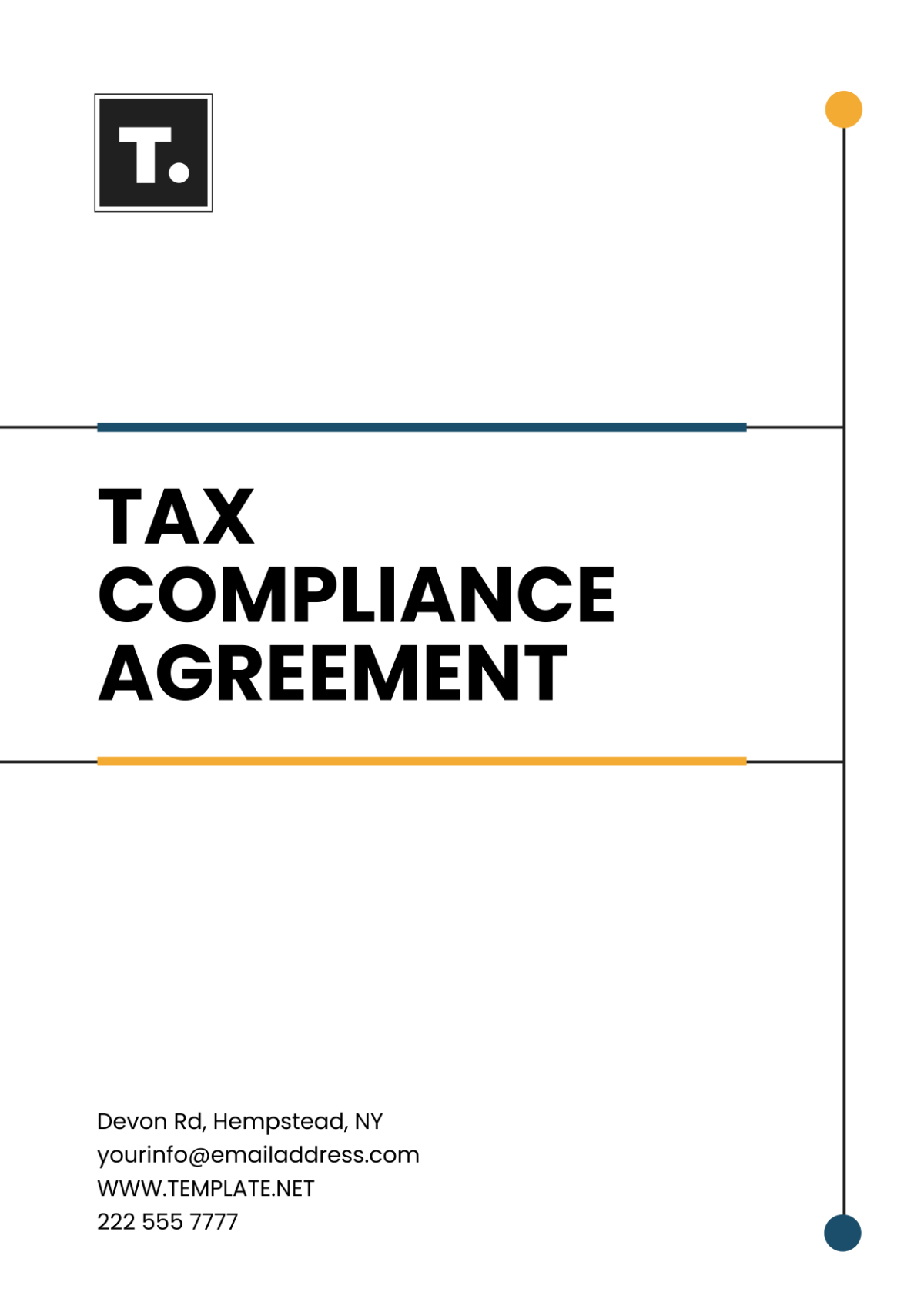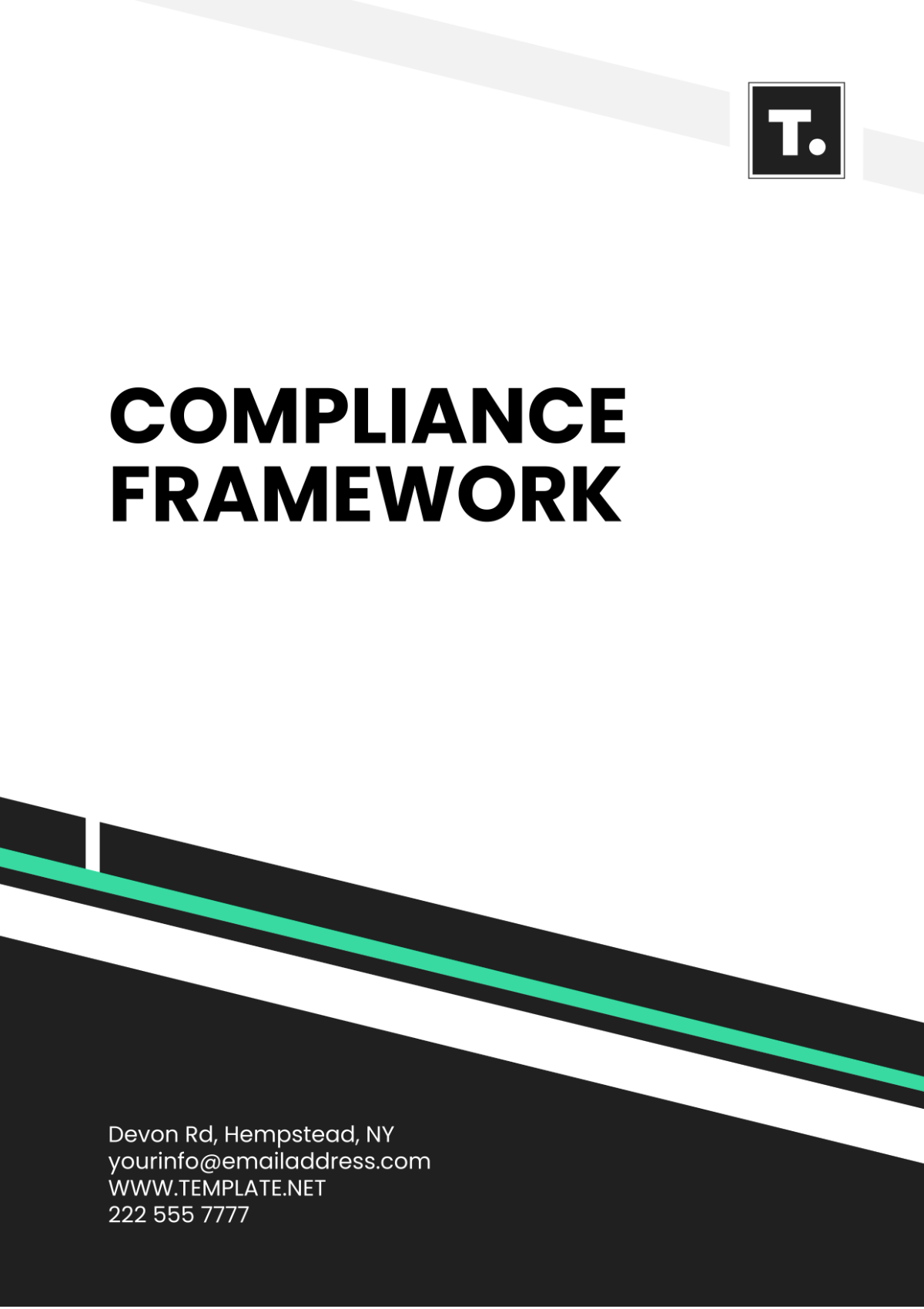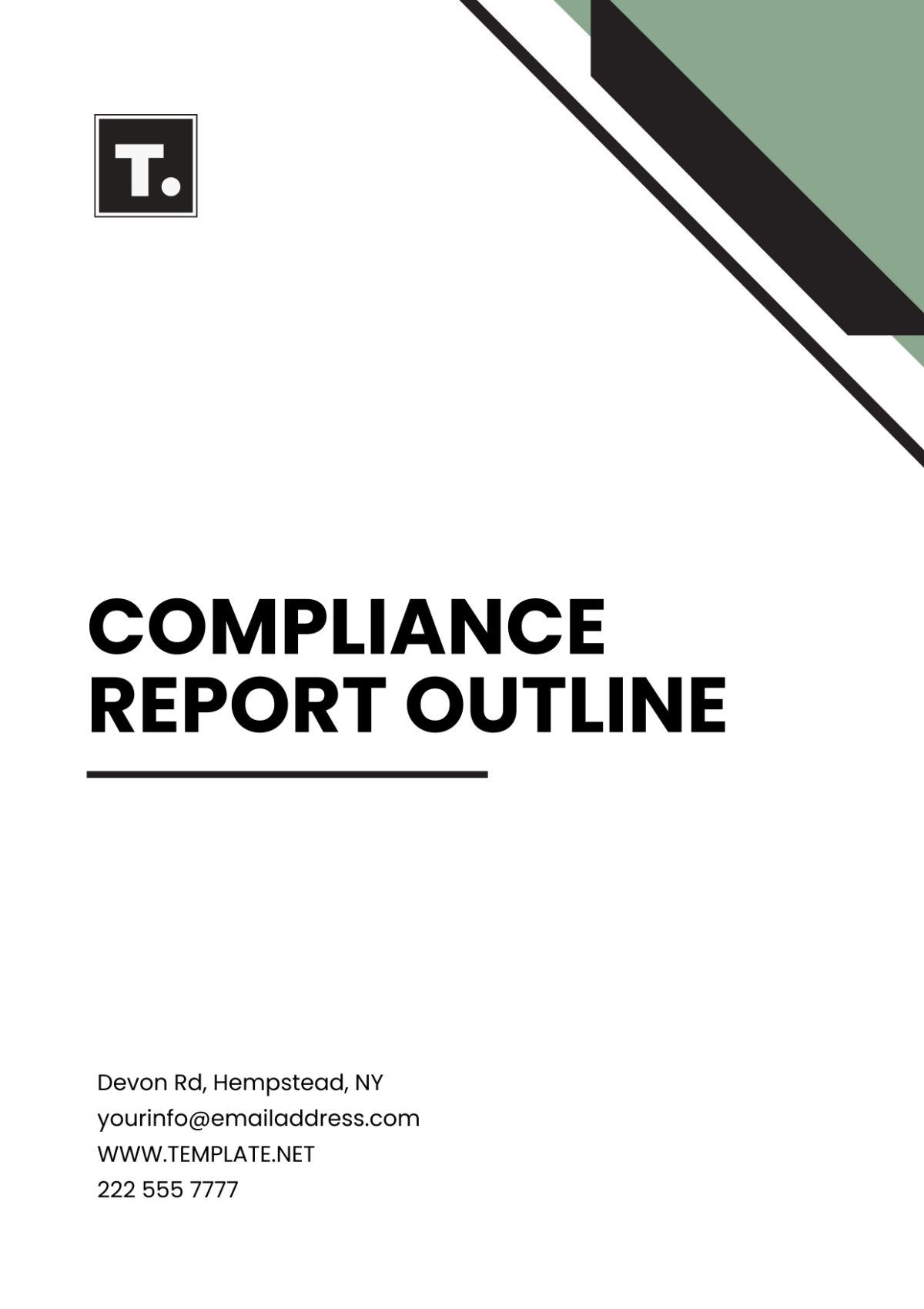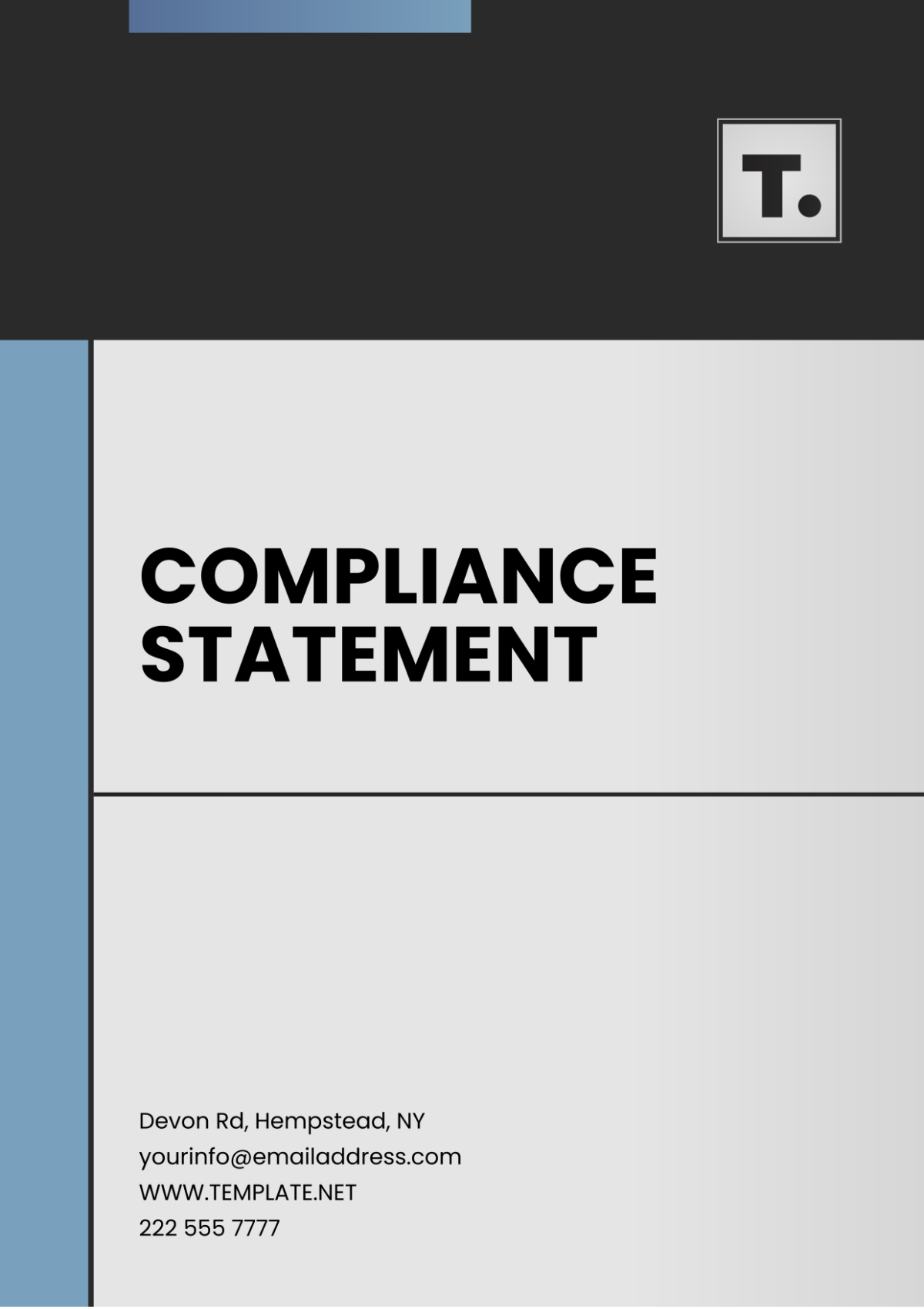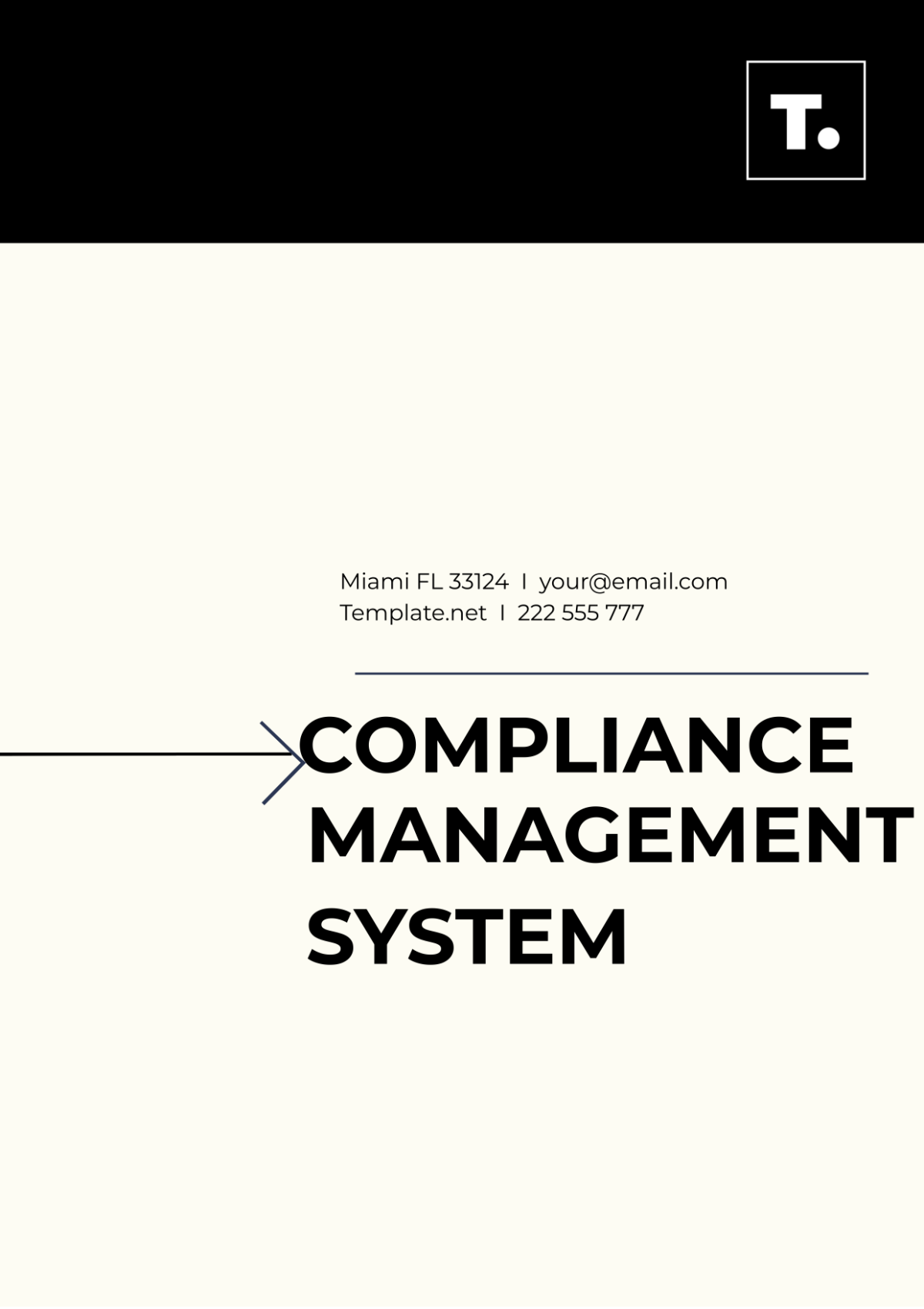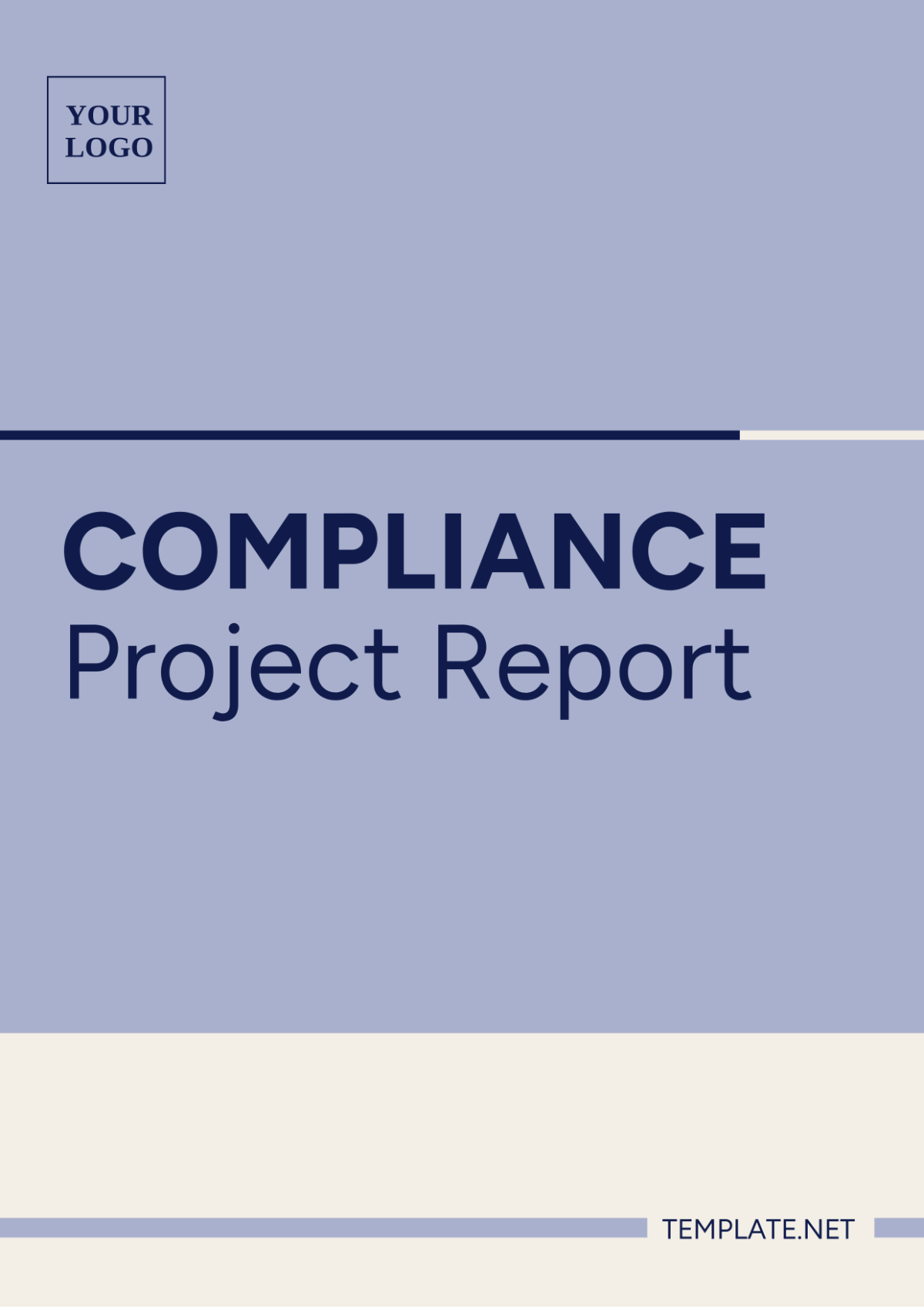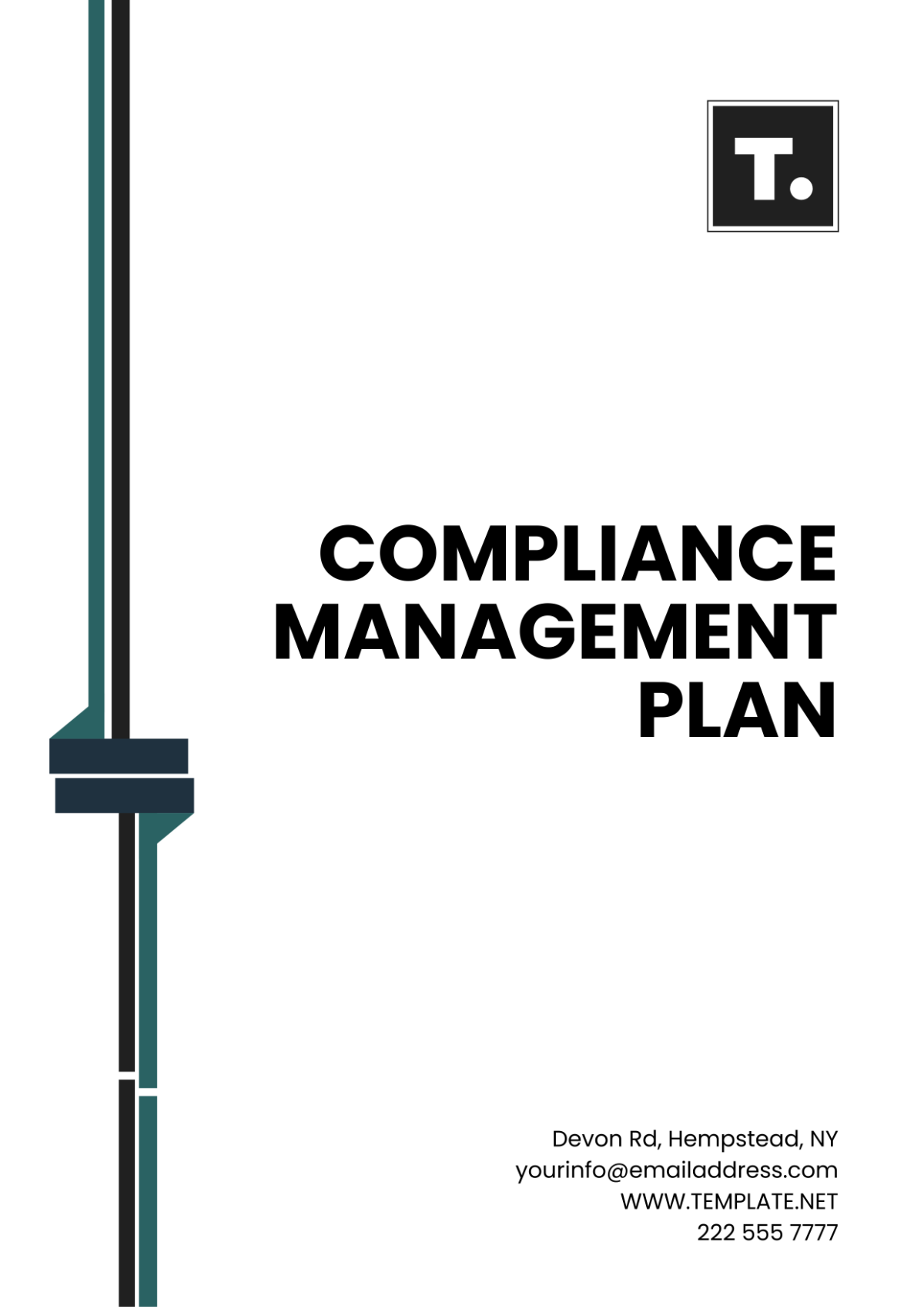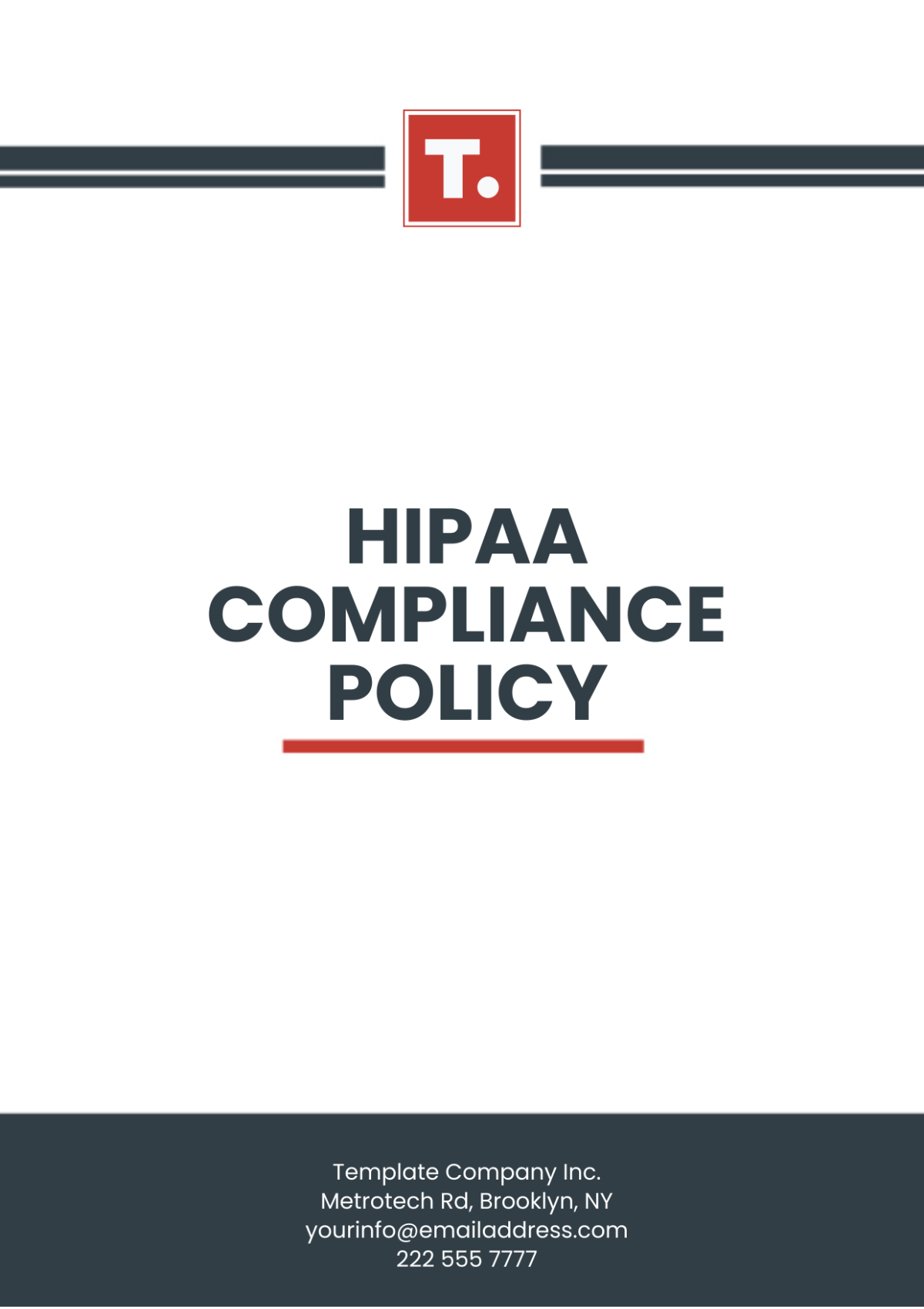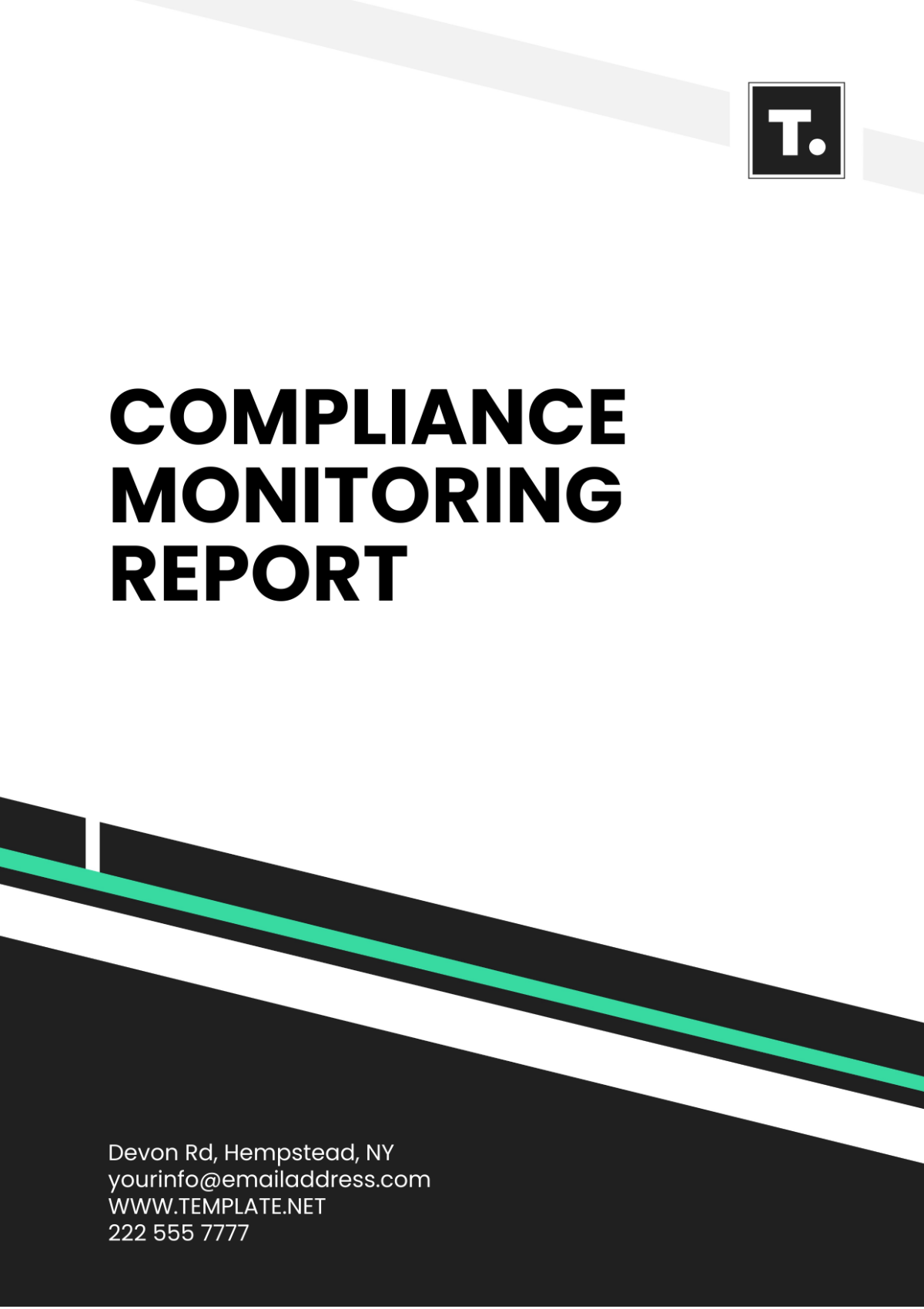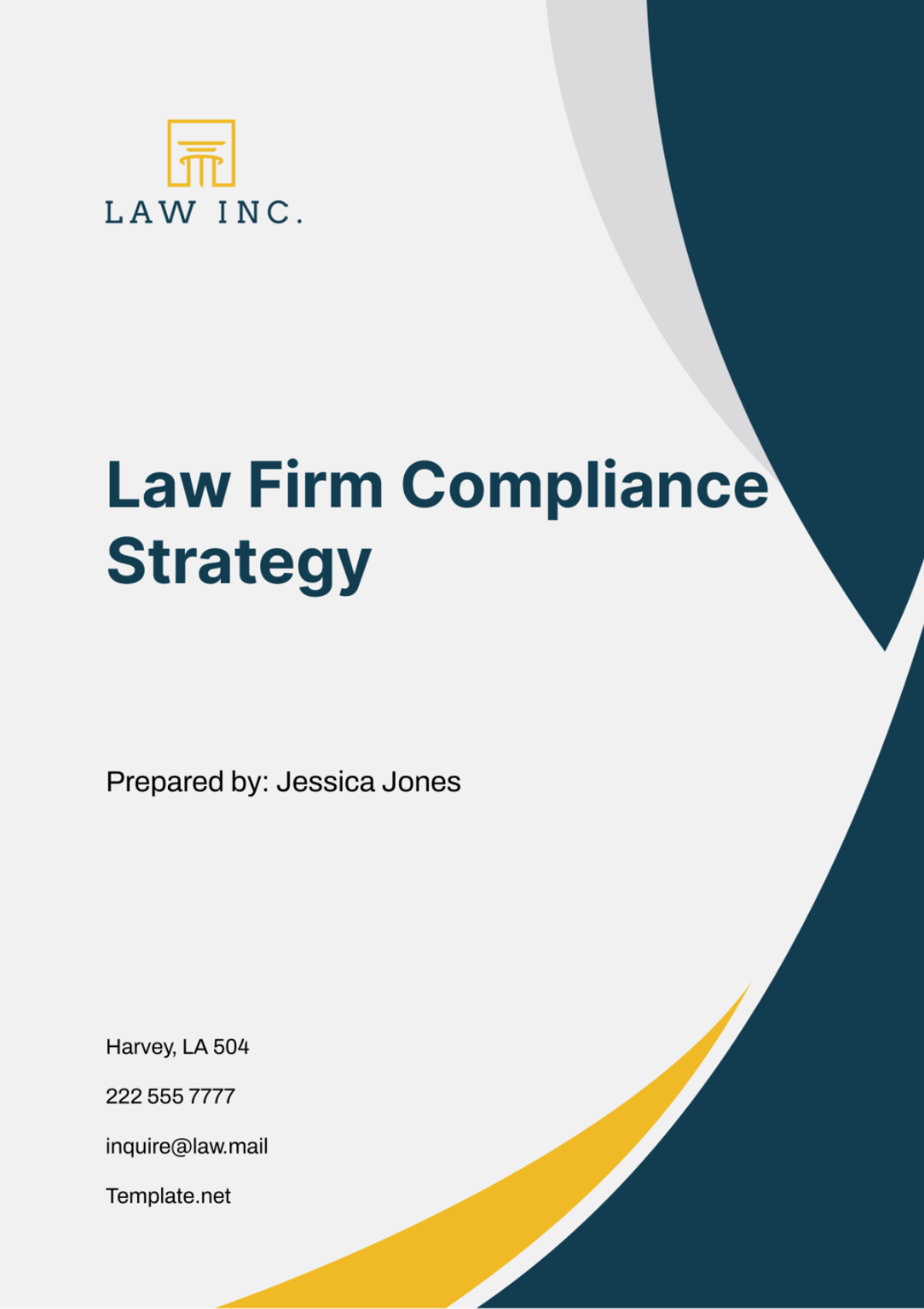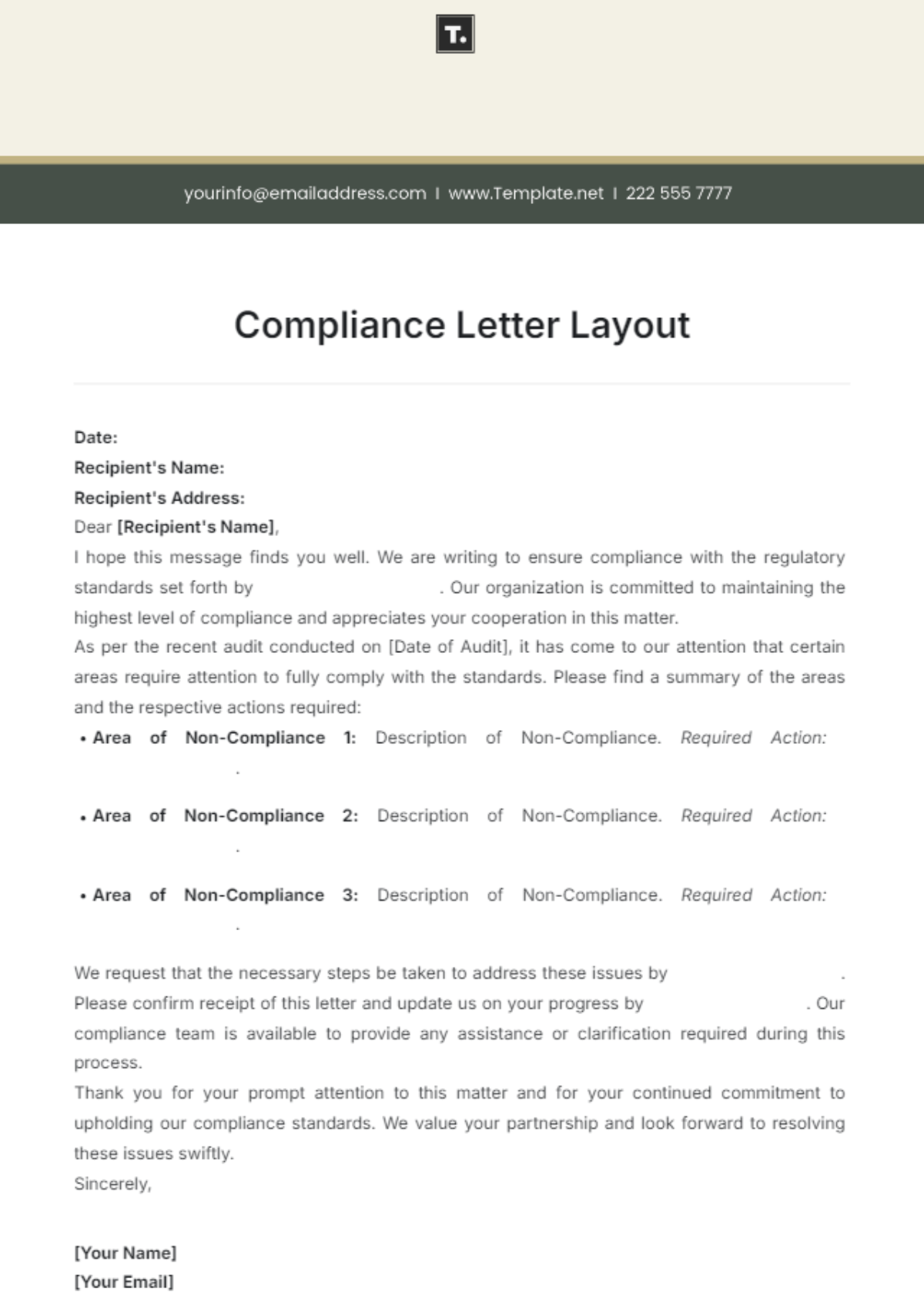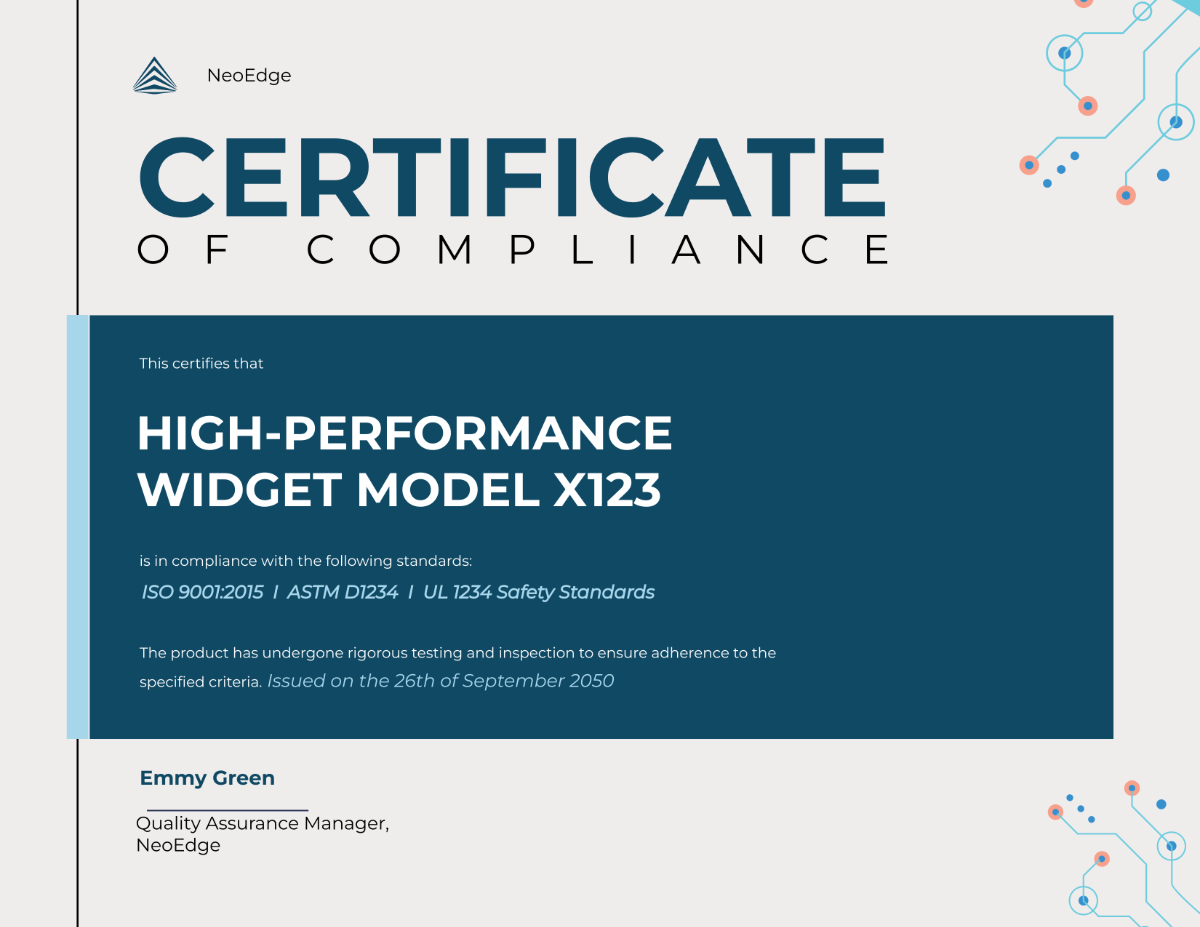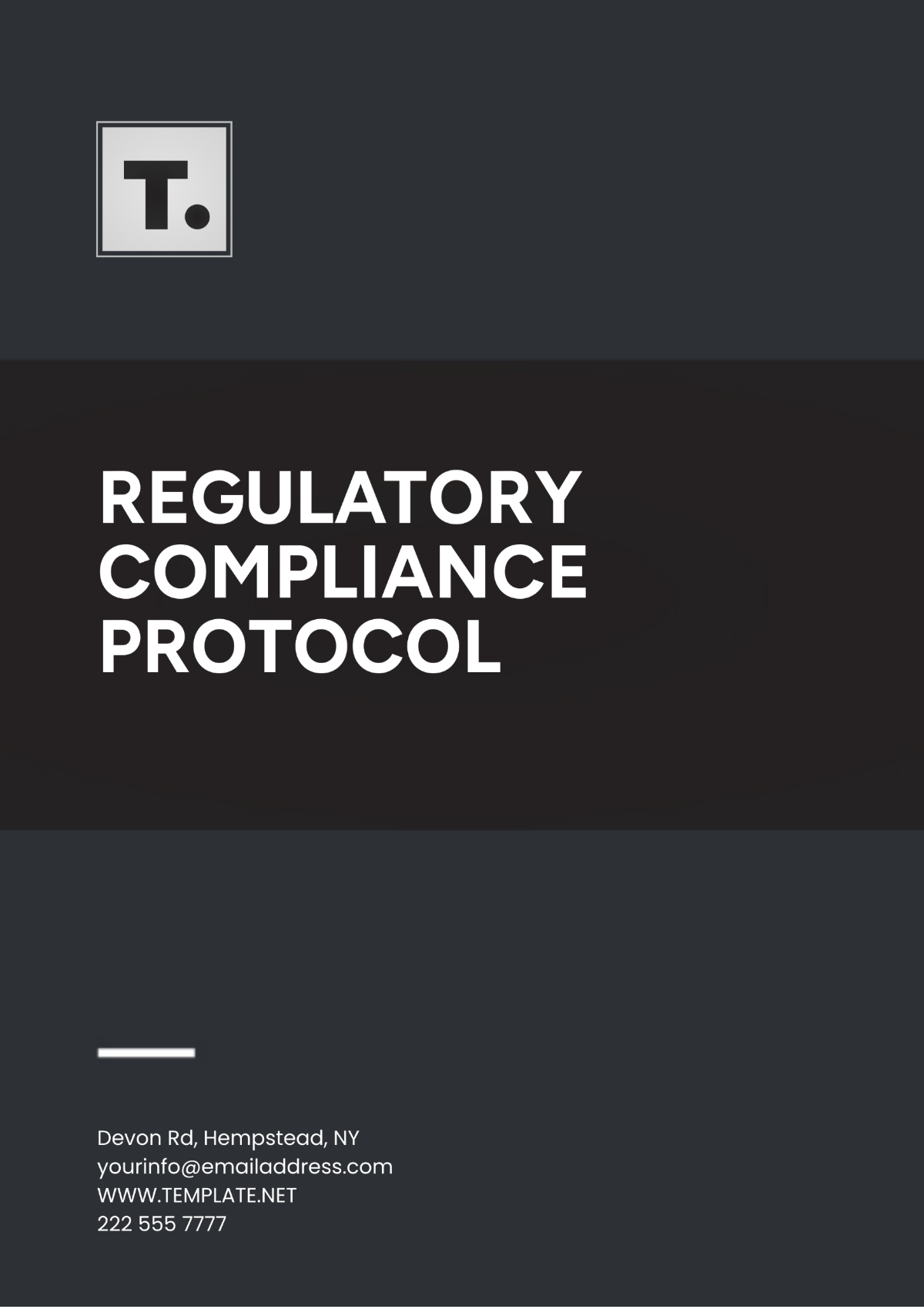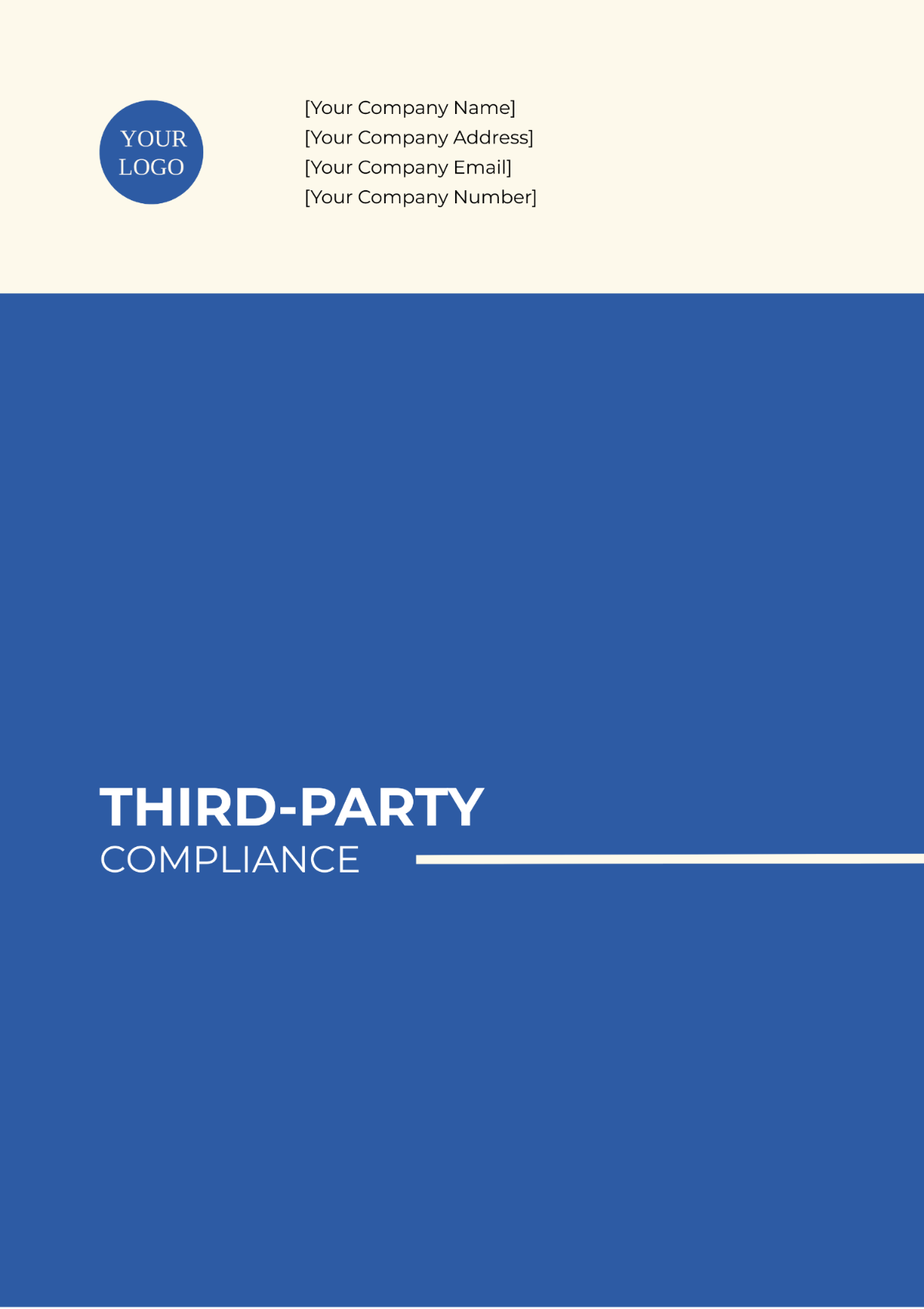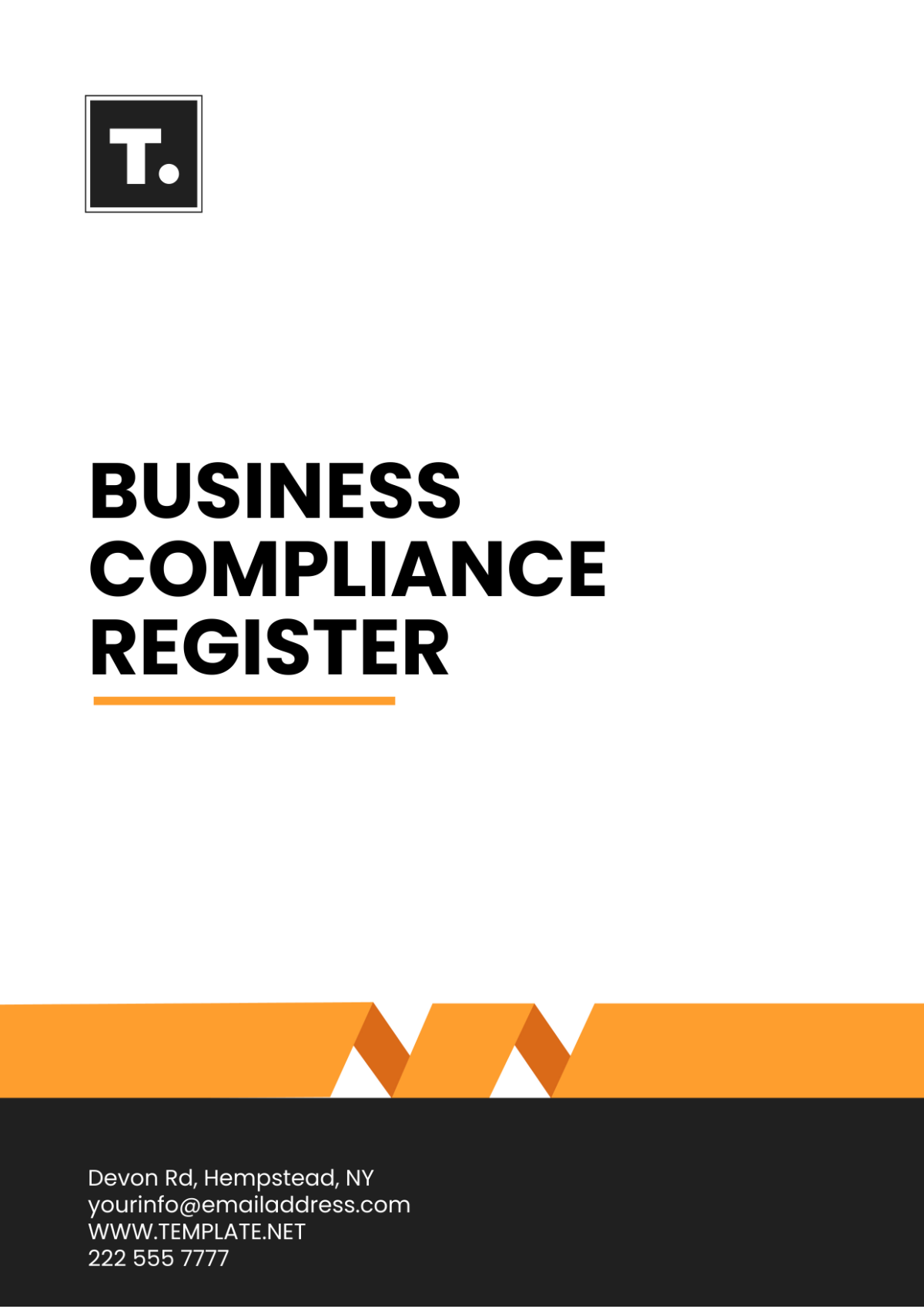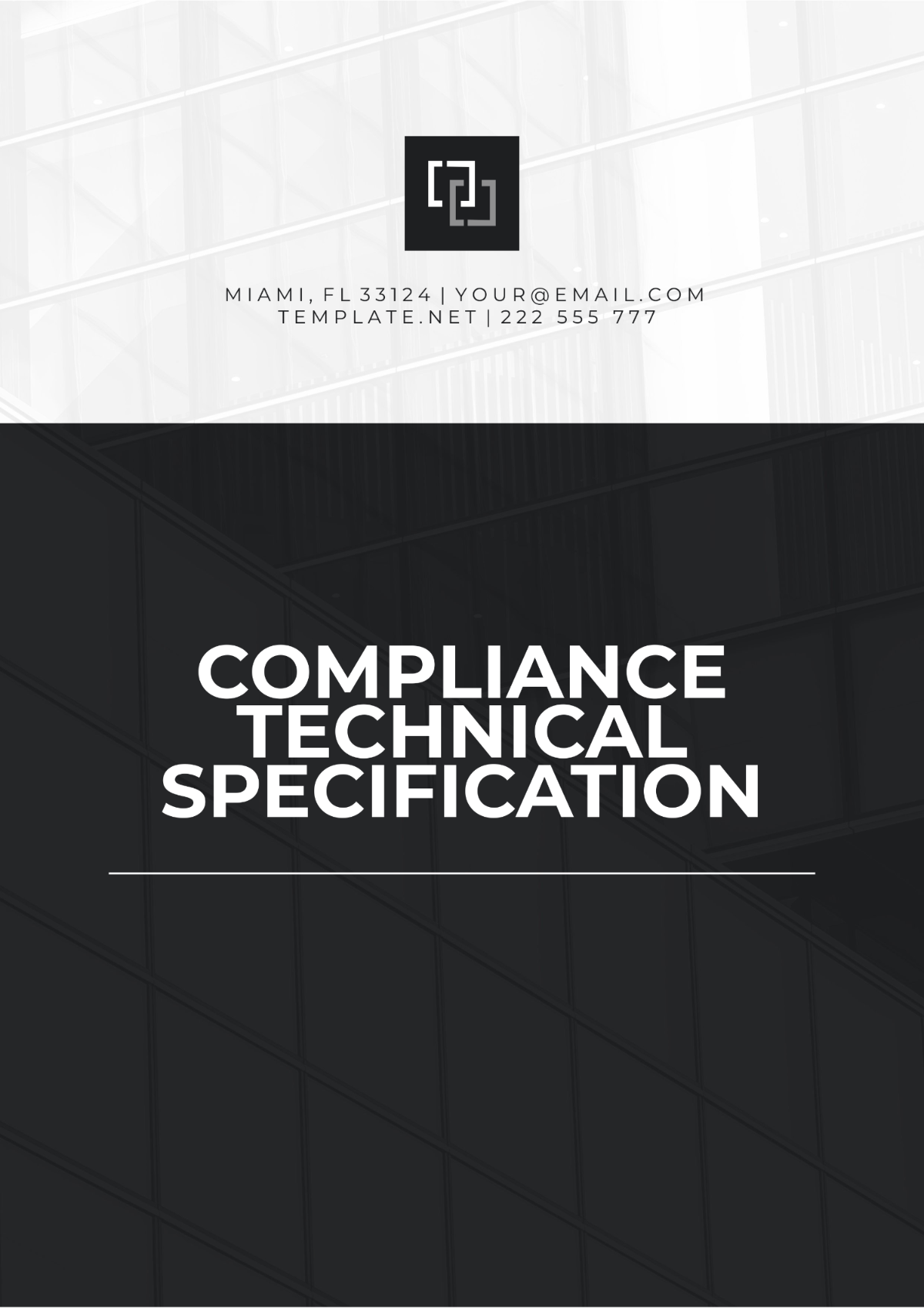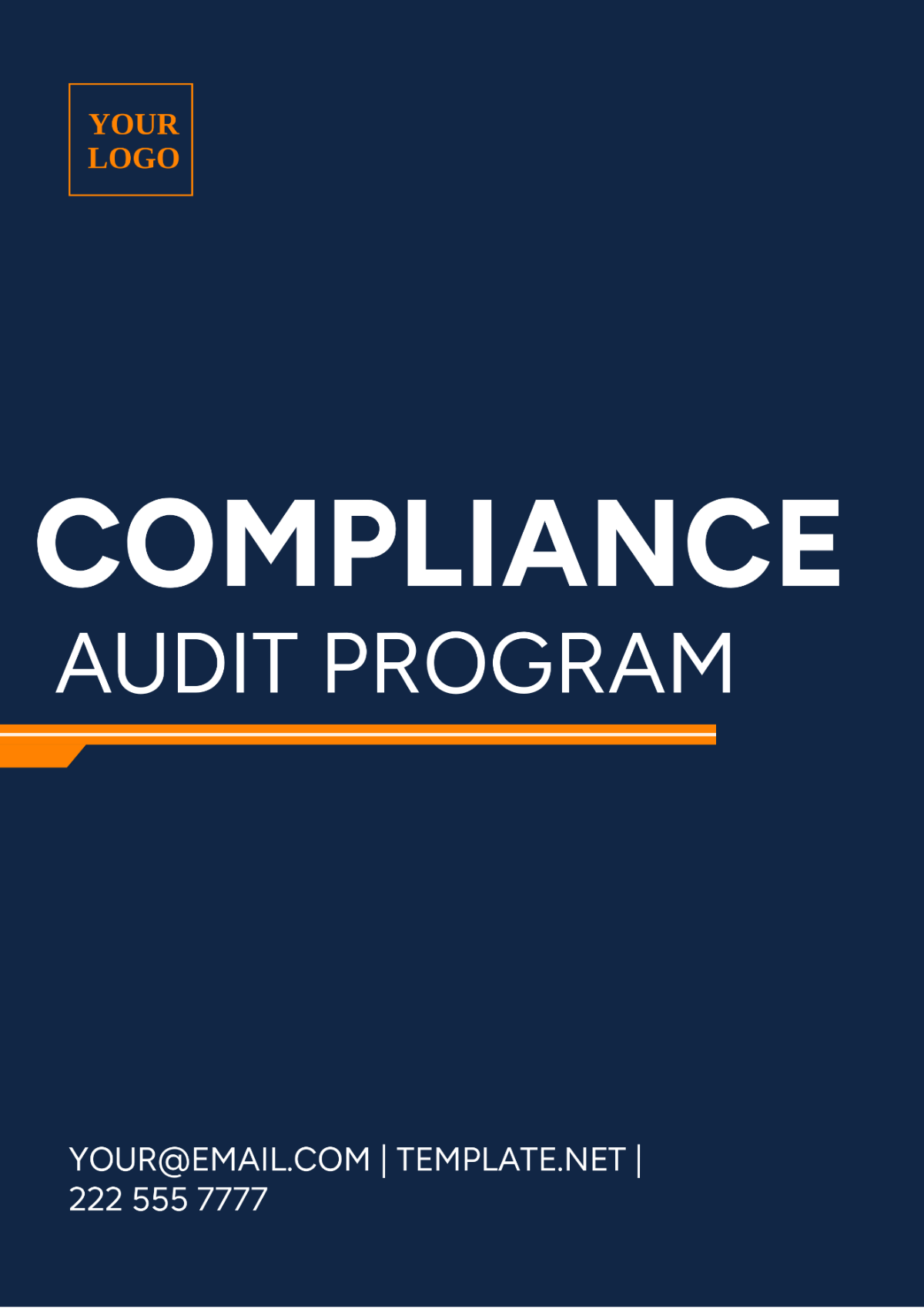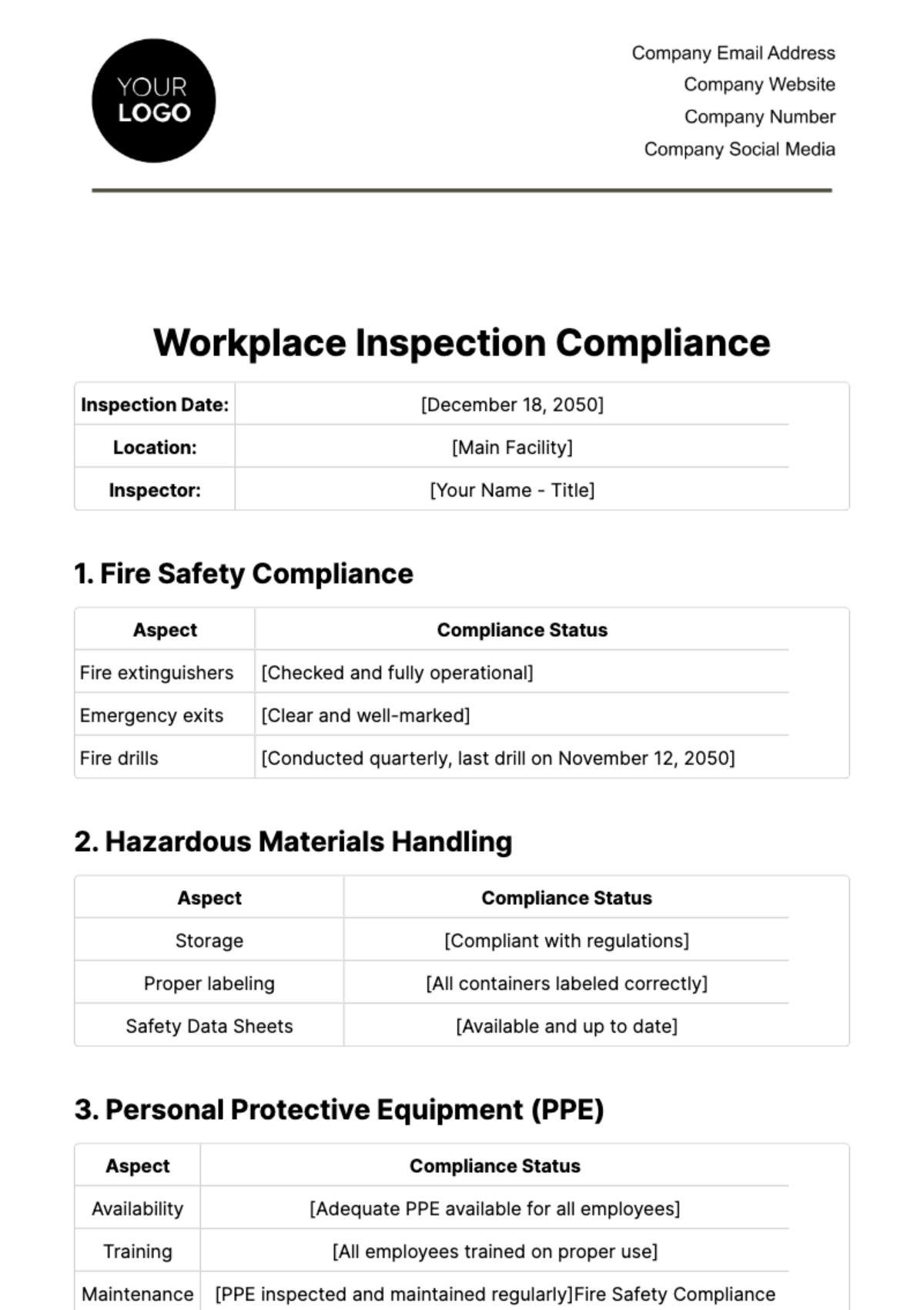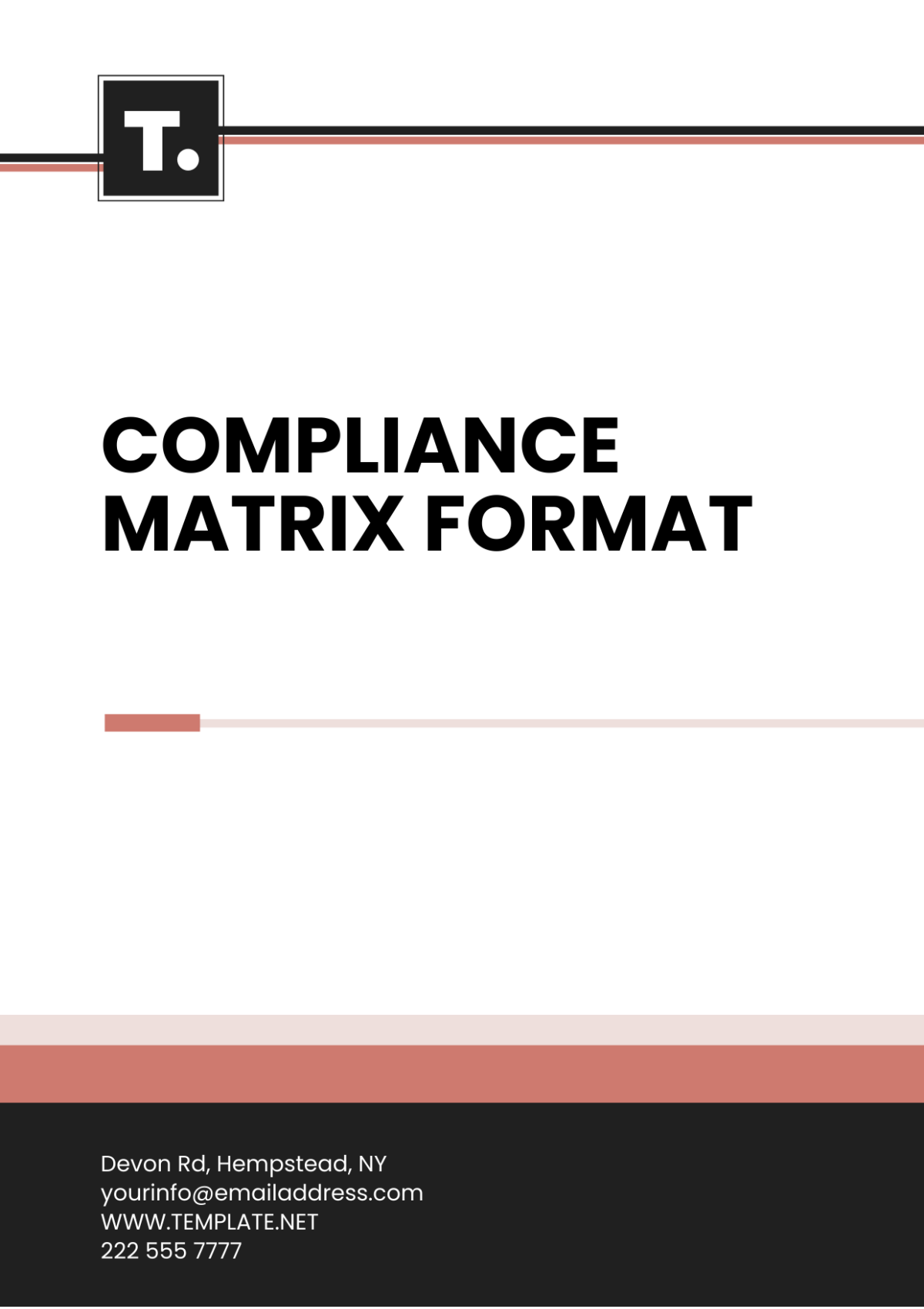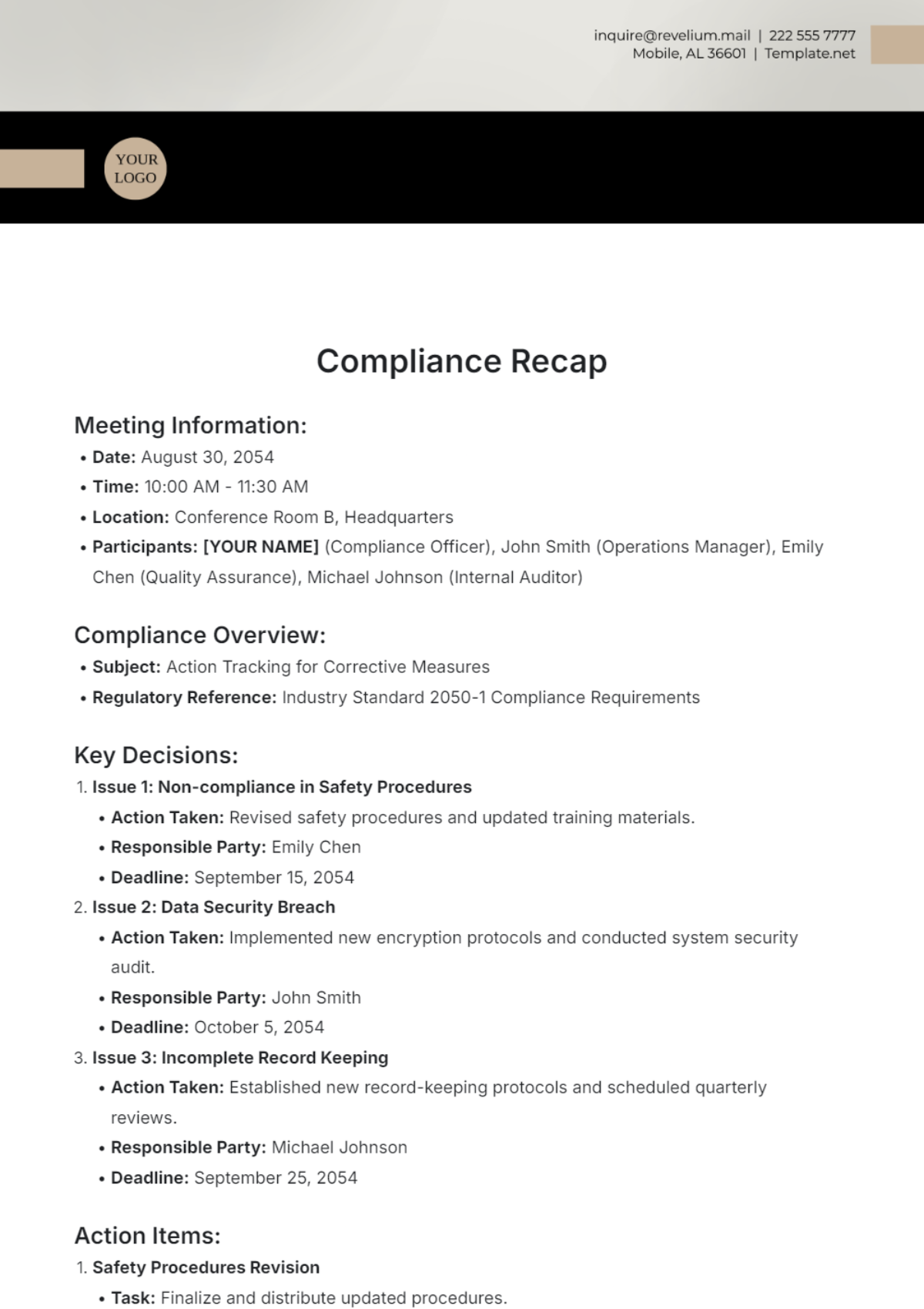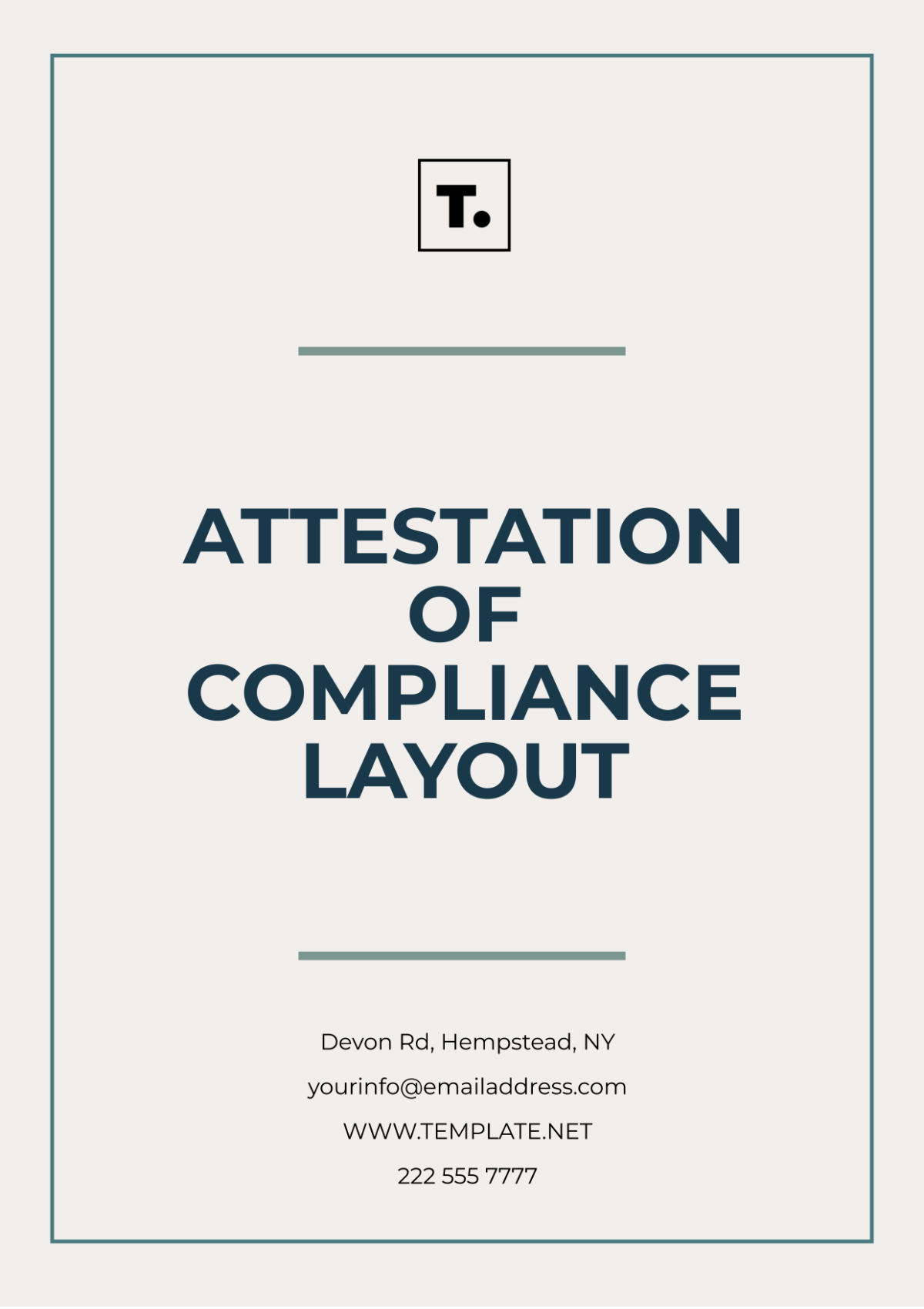Emergency Response Compliance Document
1. Introduction and Purpose
At [Your Company Name], safeguarding our personnel, assets, and the community is paramount. This Emergency Response Compliance Document serves as a comprehensive guide outlining our commitment to preparedness and swift action during unforeseen emergencies. By establishing clear protocols and procedures, we aim to minimize risks, protect lives, and ensure a rapid and effective response to any potential threat or crisis situation. This document outlines our dedication to compliance with regulatory standards while fostering a culture of safety, vigilance, and proactive response across all levels of our organization.
2. Legal and Regulatory Framework
At [Your Company Name], our emergency response protocols adhere to a robust framework governed by federal, state, and local regulations, as well as industry standards. We comply with [List relevant laws or regulations applicable to your industry or location], ensuring our practices align with the highest legal standards for emergency preparedness and response.
Additionally, we closely monitor updates to regulations, such as [mention any specific recent changes or updates], to continuously enhance our protocols. This commitment to compliance forms the foundation of our emergency response strategy, enabling us to adapt swiftly while upholding legal obligations and industry best practices.
3. Responsibilities and Roles
[Name] | Emergency Response Coordinator | |
[Name] | Safety Officer | Monitor and assess potential hazards in the workplace. Develop and implement safety protocols and procedures. Conduct safety inspections and provide guidance on risk mitigation.
|
[Name] | Medical Response Team Lead | Coordinate medical response efforts during emergencies. Ensure availability and readiness of medical supplies and equipment. Provide first aid training to designated personnel.
|
[Name] | Evacuation Team Leader | Organize and oversee evacuation procedures. Conduct drills to evaluate evacuation effectiveness. Ensure safe and orderly evacuation of personnel during emergencies.
|
[Name] | Communications Manager | Manage communication systems and networks during emergencies. Disseminate official updates and instructions to staff and stakeholders. Coordinate with external agencies and authorities for support if needed.
|
4. Risk Assessment and Hazard Identification
At [Your Company Name], we prioritize a thorough evaluation of potential risks and hazards to ensure a proactive approach to emergency preparedness. Our risk assessment process involves:
a. Identification of Potential Hazards:
i. Assessing workplace environments, processes, and equipment to identify potential sources of risk.
ii. Categorizing hazards such as natural disasters, chemical spills, fire hazards, etc., specific to our operations.
b. Risk Analysis and Evaluation:
i. Evaluating the likelihood and potential impact of identified hazards on personnel, property, and operations.
ii. Prioritizing risks based on severity and frequency of occurrence.
c. Mitigation and Control Measures:
i. Developing strategies and implementing control measures to mitigate identified risks.
ii. Establishing protocols and safeguards to minimize the impact of potential emergencies.
d. Regular Review and Updates:
i. Conduct periodic reviews to reassess risks and update emergency plans accordingly.
ii. Engaging employees in hazard identification processes to enhance awareness and response readiness.
5. Emergency Procedures
During an emergency, employees should follow these steps:
6. Emergency Contact Information
In the event of an emergency, the following contacts are crucial:
a. Internal Contacts:
i. Emergency Response Team Lead: [Name, Position, Contact Number]
ii. Safety Officer: [Name, Position, Contact Number]
iii. Medical Response Team Lead: [Name, Position, Contact Number]
b. External Contacts:
i. Local Emergency Services (Police, Fire, Ambulance): [Contact Number]
ii. Company Security: [Contact Number]
iii. Utility Providers (Electricity, Gas, Water): [Contact Numbers]
iv. Nearest Hospital/Medical Facility: [Address, Contact Number]
c. Key Personnel:
i. CEO/Manager: [Name, Position, Contact Number]
ii. HR Manager: [Name, Position, Contact Number]
iii. Facilities Manager: [Name, Position, Contact Number]
Health & Safety Templates @Template.net
